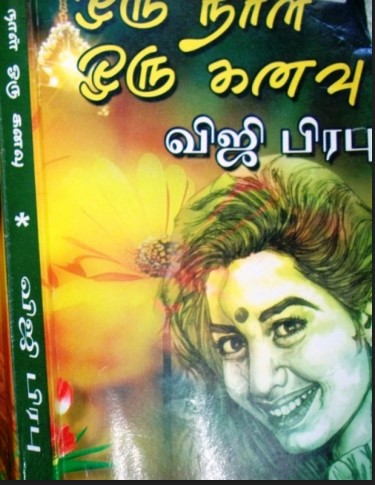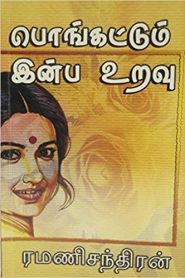
Unfortunately, identity politics, and how writers choose to write about fluid sexual identities, still plagues Malaysian writing. “They’ll think the whole community is like that only.” “I’m Malay, lah,” he said, by way of explanation. During the editing of The Merlion and the Hibiscus, a young man in his early twenties withdrew a story about wrestling with sexual identity from this collection. Of course, the self-censorship is not without cause The Merlion and the Hibiscus was held up in customs in Johor Bahru for a week as the officers decided whether the homosexual story in this volume was “safe” for Malaysian consumption. In 2019 self-censorship continues to foster a certain timidity in regional writing. Dutt Award for Literary Excellence, which was established in 2015 as an annual contest to foster new Malaysian voices.įrom 2002 to the latest anthology in 2018, one would expect changes but has anything really changed in the zeitgeist of Malaysian English writing in a decade and a half? This anthology grew out of prizewinning and publishable entries from the D. K. In 2018 I co-edited my fifth anthology of Malaysian English writing, Endings and Beginnings, with Sharon Bakar. The stories were well crafted and written by the leading lights of the region in 2002, but unlike the South American writers who were mining gold with magic realism retelling stories about sociocultural upheavals in their countries, our anthology largely left taboo topics alone.

So we had produced a timid and polite little collection that had little sound and even less fury. ( The Statesman, April 21, 2002)Īs editors, our biggest slap on the wrist came from a reviewer in Hong Kong, who wrote:Ībsent for the most part are the heavy political themes of freedom and religious tolerance that often dominate coffee shop conversations.

Is “multiculturalism” really as disinterested and neutral as it seems to be, or does it have its own silences, its own propensity to become part of certain hegemonies? These are questions that must be asked. Whereas Malaysian and Singaporean newspapers treated the project with nationalistic fervour and announced Literary voices for export and (perplexingly) Yes, Size Does Matter, a reviewer from India pointed to a certain thematic bravery:
#Ramanichandran novels malaysian story plus
Plus we were trying to publish short stories from a region where writers writing in English were highly suspect as postcolonial pretenders with colonialist souls.įew writers from Southeast Asia reached an international audience then, but this book, because of the marketing arm of Penguin, was reviewed in publications from Hong Kong to India. This book was explicitly designed to present Malaysian and Singapore voices to an international audience and was largely a labour of love books of short stories don’t sell, and fifteen years ago, before names like Lahiri and Munro won prizes like the Pulitzer and Nobel, anthologies were a hard sell indeed. In 2002 Kirpal Singh, Mohammad Quayum, and I co-edited The Merlion and the Hibiscus: Contemporary Short Stories from Singapore and Malaysia, an anthology published by Penguin. Dipika Mukherjee considers the recent zeitgeist in Malaysian writing and just exactly what has changed-and hasn’t. Her stories feature "no caste conflict, no religious conflict, no terminal illnesses, no characters with serious vices." They are "100% soft romance".Kuala Lumpur / Photo by Ishan the world has opened up for Malaysian glocal writers in the past fifteen years, they still face the demon of self-censorship.

Some of her famous novels are ValaiOsai, Mayangugiral oru madhu, Venmayil ethanai nirangal, Adivazhai. She has written 178 novels, most of which first appeared serialized in magazines like Kumudam and Aval Vikatan and were later brought out in book format by Arunodhayam. Billionaire industrialist and business tycoon Shiva Nadar is her cousin. She was born on 10 July 1938 to Ganesan and Kamalam in Kayamozhi Village near Thiruchendur in South Tamil Nadu. Ramanichandran ( Tamil: ரமணிசந்திரன்) is a prolific Tamil romance novelist, and presently the best-selling author in the Tamil language. Kayamozhi Village,Tuticorin Tamil Nadu, India


 0 kommentar(er)
0 kommentar(er)
